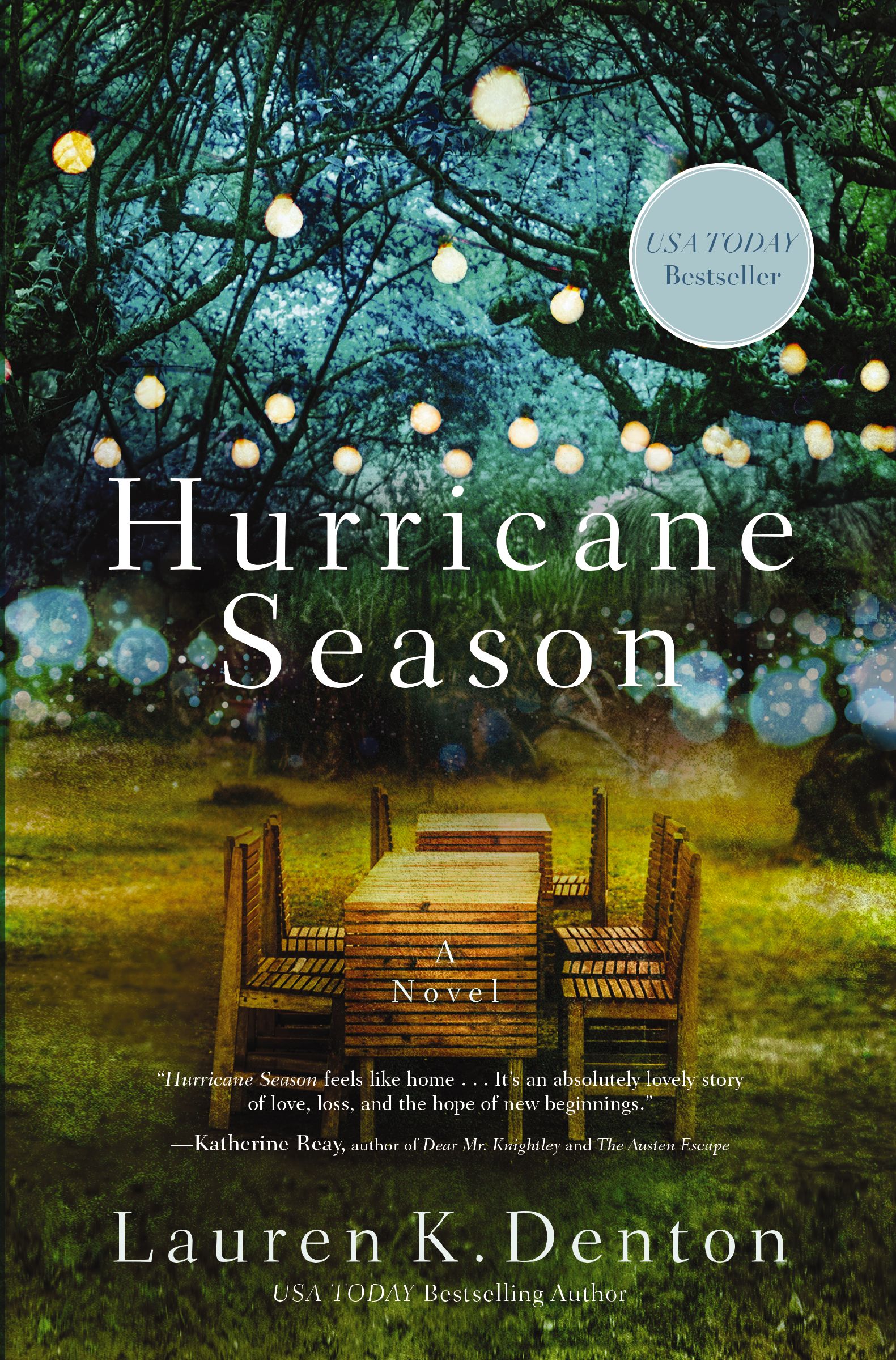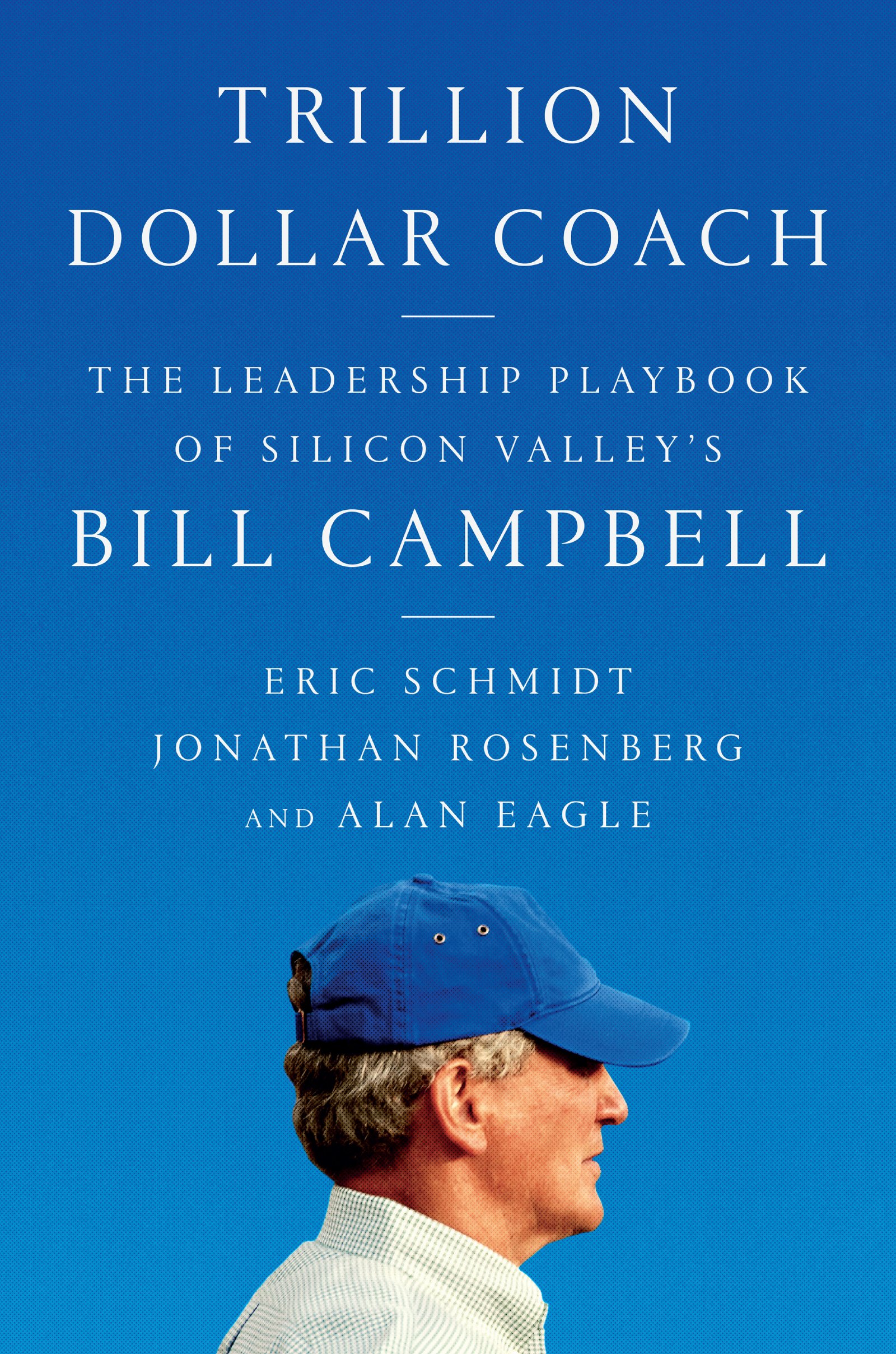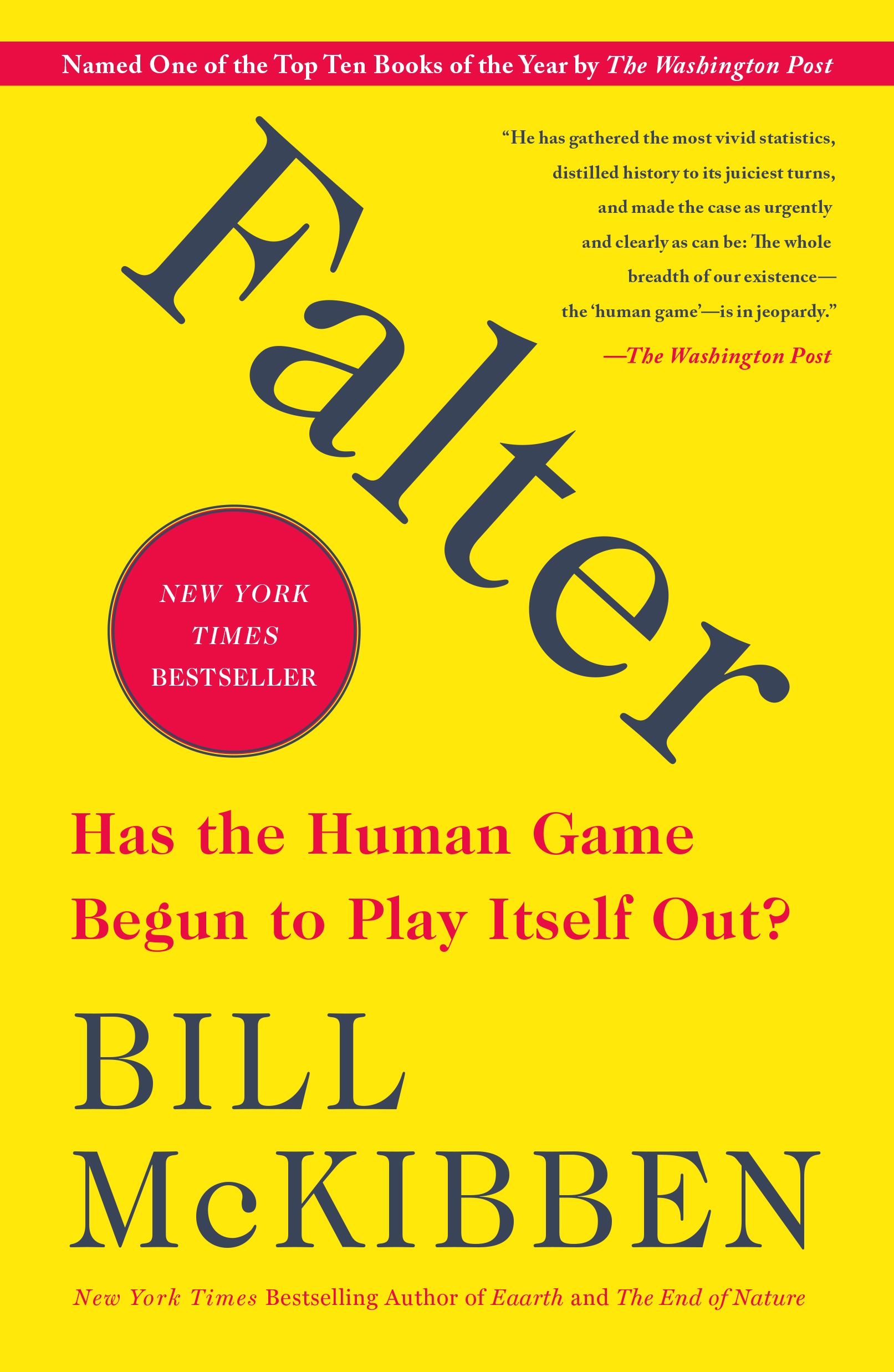Studies in the History and Method of Science Various Author
by Various
2021-04-02 16:25:11
Studies in the History and Method of Science Various Author
by Various
2021-04-02 16:25:11
In attempting to interpret the views of Hildegard on scientific subjects, certain special difficulties present themselves. First is the confusion arising from the writings to which her name has been erroneously attached. To obtain a true view of the ...
Read more
In attempting to interpret the views of Hildegard on scientific subjects, certain special difficulties present themselves. First is the confusion arising from the writings to which her name has been erroneously attached. To obtain a true view of the scope of her work, it is necessary to discuss the authenticity of some of the material before us. A second difficulty is due to the receptivity of her mind, so that views and theories that she accepts in her earlier works become modified, altered, and developed in her later writings. A third difficulty, perhaps less real than the others, is the visionary and involved form in which her thoughts are cast.But a fourth and more vital difficulty is the attitude that she adopts towards phenomena in general. To her mind there is no distinction between physical events, moral truths, and spiritual experiences. This view, which our children share with their mediaeval ancestors, was developed but not transformed by the virile power of her intellect. Her fusion of internal and external universe links Hildegard indeed to a whole series of mediaeval visionaries, culminating with Dante. In Hildegard, as in her fellow mystics, we find that ideas on Nature and Man, the Moral World and the Material Universe, the Spheres, the Winds, and the Humours, Birth and Death, and even on the Soul, the Resurrection of the Dead, and the Nature of God, are not only interdependent, but closely interwoven. Nowadays we are well accustomed to separate our ideas into categories, scientific, ethical, theological, philosophical, and so forth, and we even esteem it a virtue to retain and restrain our thoughts within limits that we deliberately set for them. To Hildegard such classification would have been impossible and probably incomprehensible. Nor do such terms as parallelism or allegory adequately cover her view of the relation of the material and spiritual. In her mind they are really interfused, or rather they have not yet been separated.Therefore, although in the following pages an attempt is made to estimate her scientific views, yet the writer is conscious that such a method must needs interpret her thought in a partial manner. Hildegard, indeed, presents to us scientific thought as an undifferentiated factor, and an attempt is here made to separate it by the artificial but not unscientific process of dissection from the organic matrix in which it is embedded.The extensive literature that has risen around the life and works of Hildegard has come from the hands of writers who have shown no interest in natural knowledge, while those who have occupied themselves with the history of science have, on their side, largely neglected the period to which Hildegard belongs, allured by the richer harvest of the full scholastic age which followed. This essay is an attempt to fill in a small part of the lacuna.
Less





























